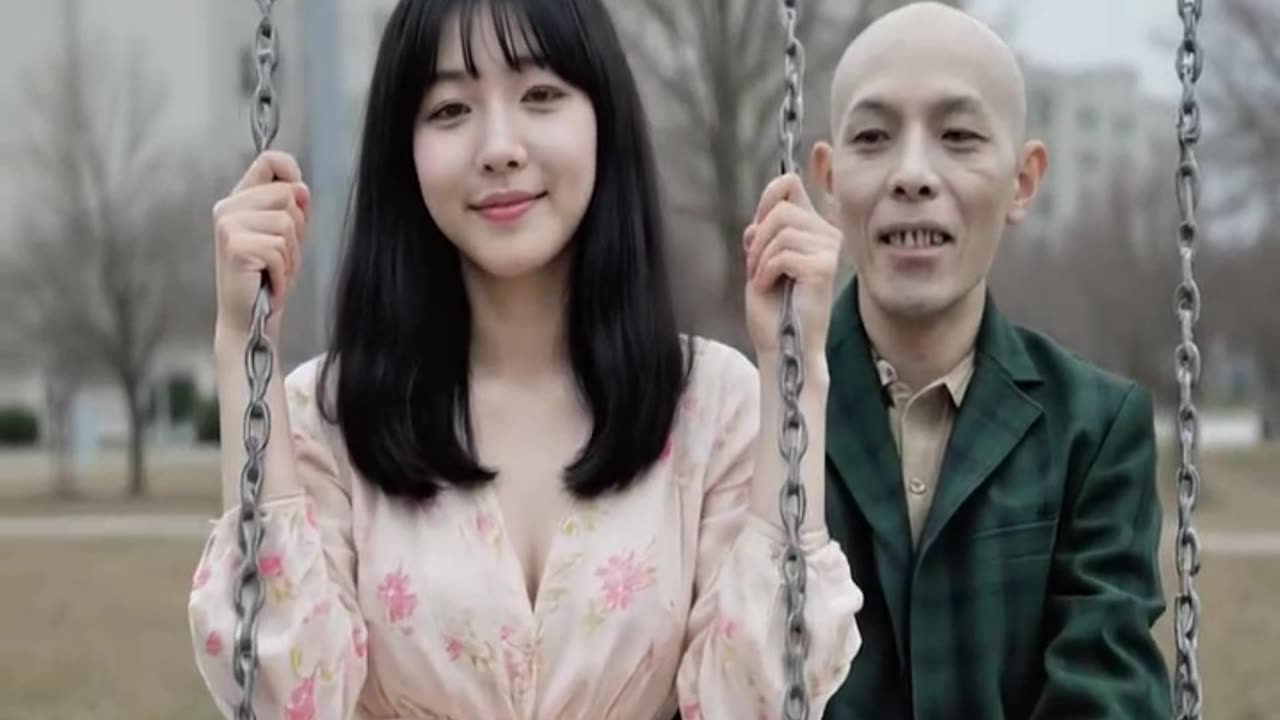Premium Only Content

Aesthetic Intent Fallacy: Misjudging a Person’s Intentions Solely by Appearance
Aesthetic Intent Fallacy: Misjudging a Person’s Intentions Solely by Appearance
This concept describes a psychological pattern where individuals assess others' morality or intentions based purely on their physical appearance. They instinctively assume that people who look weak, kind, or innocent are incapable of malice or wrongdoing, disregarding behavioral cues or contextual evidence.
Key Traits:
1. Over-Reliance on Visual Cues: Judging character solely based on facial expressions or body language.
2. Denial of Potential Harm: Assuming that someone who "looks harmless" cannot act with malice.
3. Cognitive Bias in Trust: Ignoring red flags due to a strong belief that appearance reflects morality.
DSM-5 Perspective:
This behavior may align with traits of:
Cognitive Bias (Halo Effect): Associating positive physical traits with good character.
Naïve Trust Bias: Overestimating kindness or good intentions based on external features.
Dependent Personality Traits: Seeking security in those perceived as non-threatening, regardless of reality.
Note: This concept is not a clinical diagnosis. For personalized support, consult a licensed mental health professional.
#AestheticIntentFallacy #CognitiveBias #MentalHealthSupport #Psychology #MidJourney #AIArt #AIArtCommunity #CarlJung
-
 1:08:03
1:08:03
Kimberly Guilfoyle
3 hours agoLIVE COVERAGE TRUMP-MODI MEETING | Ep.196
6.81K2 -
 1:26:45
1:26:45
Redacted News
1 hour agoPANIC in Germany: Scholz RAGES as Trump & Putin Push Ukraine Peace Deal, RFK CONFIRMED | Redacted
28.1K67 -
 1:02:24
1:02:24
In The Litter Box w/ Jewels & Catturd
1 day agoGULF OF AMERICA | In the Litter Box w/ Jewels & Catturd – Ep. 741 – 2/13/2025
31.4K30 -
 LIVE
LIVE
Revenge of the Cis
2 hours agoEpisode 1446: Repent Fatty
1,940 watching -
 1:51:44
1:51:44
The Quartering
6 hours agoPam Bondi SUES New York, Elon Musk's Baby Mama Drama, and Trump Buyouts Continues
70.3K41 -
 4:59
4:59
CryptoWrld
1 day agoTrump Family Bets Big On Bitcoin: What Does This Mean For You?
1.21K1 -
 1:01:43
1:01:43
Health Ranger Report
7 hours agoSam Anthony joins Mike Adams to talk about Challenges and Opportunities in the New Media Landscape
8.47K5 -
 2:19
2:19
The Babylon Bee
5 days ago $9.32 earnedFoolproof Ways To Avoid Getting Deported
60.6K45 -
 1:27:00
1:27:00
vivafrei
4 hours agoLive with Lindy Li
92.5K145 -
 1:24:10
1:24:10
Russell Brand
16 hours agoJFK Files Released, Tulsi Confirmed, Trump Talks Peace – A New Era? – SF537
196K160